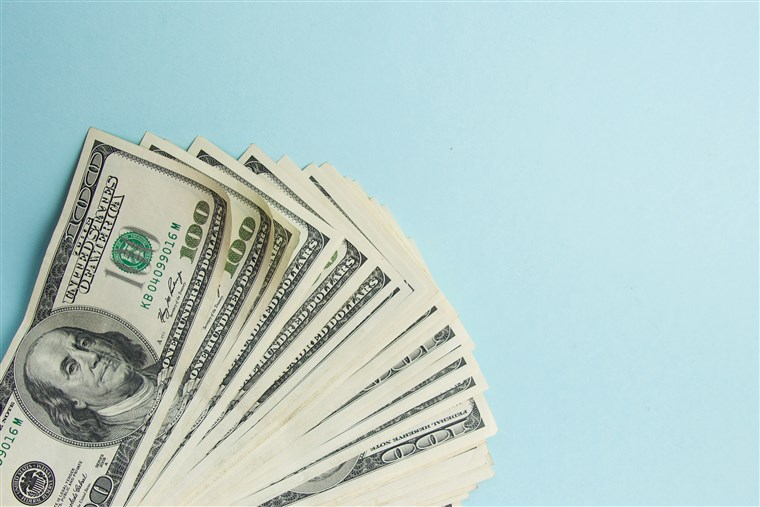Indian Economy – Open – Notes For W.B.C.S. Examination.
ভারতীয় অর্থনীতি – উন্মুক্ত – WBCS পরীক্ষার নোট।
- In the modern world, most of the economies are ‘Open Economy’ because of the three following reasons.Continue Reading Indian Economy – Open – Notes For W.B.C.S. Examination.
- Market Linkage − It means consumers and firms both have the opportunity to choose between domestic and foreign goods.
- Financial Market Linkage − It means investors have the opportunity to choose between domestic and foreign assets.
- Factor Market Linkage − It means firms can choose where to locate production and workers can choose where to work.
- Total foreign trade (i.e., exports + imports) as a proportion of GDP is a common measure of the degree of openness of an economy.
Features of Open Economy
- Every country has its own currency and in the international market, there are hundreds of currencies with different values; hence, the International Monetary System has been set up to handle these issues and ensure stability in international transactions.
- The Balance of Payments (BoP) keep a record of the transactions in goods, services, and assets between residents of a country and with the rest of the world for a given period (typically a year).
- The Current Account records exports and imports of goods and services and transfer payments.
- When exports are greater than imports, it is known as trade surplus and when imports are greater than exports, it is known as trade deficit and the balance of exports and imports of goods is known as the trade balance.
- Exchange rate is the rate at which one currency is exchanged with the other.
- Bilateral nominal exchange rates refer to exchange rates for one currency against another and they are nominal because they quote the exchange rate in terms of money, for example, one pound or dollar is equal to many rupees.
- The real exchange rate is often considered as a measure of a country’s international competitiveness.
- In a system of flexible exchange rates (also called floating exchange rates), the exchange rate is determined by the forces of market — demand and supply.
- Changes in the price of foreign exchange under the flexible exchange rates are referred to as currency depreciation or currency appreciation.
- Managed Floating Exchange Rate System is a mixture of a flexible exchange rate system (the float part) and a fixed rate system (the managed part).
- Managed Floating Exchange Rate System, also known as dirty floating, is the system under which central banks intervene to buy and sell foreign currencies in an attempt to moderate exchange rate movements whenever they feel that such actions are appropriate. Official reserve transactions are, therefore, not equal to zero.
Gold Standard System
- Under the Gold Standard system, each participant country is committed to guarantee the free convertibility of its currency into gold at a fixed price, which means that the residents have, at their disposal, a domestic currency which is freely convertible at a fixed price into another asset (gold) acceptable for all international payments.
- The gold standard system made it possible for each currency to be convertible into any other currency at a fixed price.
- In 1967, gold was removed by creating the Special Drawing Rights(SDRs) (also called as ‘paper gold’), in the IMF with the purpose to increase the stock of international reserves.
Close Economy Vs Open Economy
- In a closed economy, there are three sources of demand for domestic goods. The sources are as follows −
- Consumption (C)
- Government spending (G)
- Domestic investment (I)
- Closed economy = C + G + I.
- On the other hand, in an open economy, exports and imports are the additional elements, considered to measure the economy.
- An increase in foreign income leads to increased exports. This thereby increases domestic output and improves the trade balance.
Our own publications are available at our webstore (click here).
For Guidance of WBCS (Exe.) Etc. Preliminary , Main Exam and Interview, Study Mat, Mock Test, Guided by WBCS Gr A Officers , Online and Classroom, Call 9674493673, or mail us at – mailus@wbcsmadeeasy.in
Visit our you tube channel WBCSMadeEasy™ You tube Channel
Please subscribe here to get all future updates on this post/page/category/website



 +919674493673
+919674493673  mailus@wbcsmadeeasy.in
mailus@wbcsmadeeasy.in






































































































